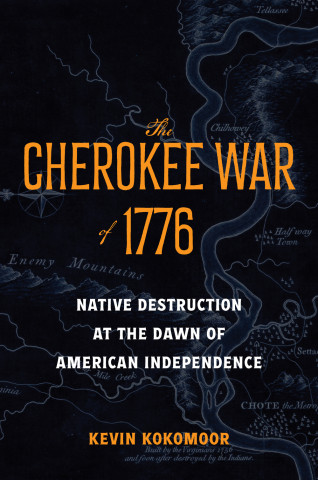
Reviews
Over the past two decades social and theatre historians have begun retelling the history of American performance culture as a critical element of the country's political evolution. Only recently, however, have they begun interrogating slavery's influence on the popular theatre... Jenna M. Gibbs, in her excellent Performing the Temple of Liberty: Slavery, Theater, and Popular Culture in London and Philadelphia, 1760–1850, adds a major chapter to this history. By linking the two largest cities of the British Atlantic together as part of a theatrical network, Gibbs illustrates how stage performances both reflected and affected the transatlantic debate over abolition.
Provides a fresh look at the transatlantic circulation of printed materials, the cultural work these materials performed, and their political and social implications for eighteenth- and nineteenth-century debates on slavery and abolition... Performing the Temple of Liberty constitutes an important contribution to the scholarship on print and performance culture in the British Atlantic.
Serves as a valuable contribution to the study of antislavery politics and to the study of Anglo-Atlantic popular culture.
Gibbs' impressive study provides a fresh look on the transatlantic circulation of printed materials, the cultural work these materials perform, and their political and social implications for eighteenth and nineteenth-century debates on slavery and abolition...Performing the Temple of Liberty undoubtedly constitutes an important contribution to the scholarship on print and performance culture in the British Atlantic.
This rewarding, well-researched work fills in many gaps in the scholarly knowledge of Anglo-American theater and its relation to the politics of slavery. It will be appreciated for its extensive research, thematic breadth, and good judgment in several disciplines and subfields. One of the work's most important virtues is its interest in both proslavery and antislavery materials and in understanding their dialectical relationship. Another is its insistence on telling the whole story from the late eighteenth century. Jenna Gibbs excels at bringing out the theatrical dimensions of cultural moments and cultural work not usually considered theater and the politics of slavery dimensions of work too often seen as being just about race.
In this ambitious transatlantic study, Jenna Gibbs argues convincingly that playwrights, producers, and performers in London and Philadelphia did not merely transmit a range of positions on slavery but played an active role in shaping debates on this issue. Performing the Temple of Liberty is above all a deeply humane study, both in the vividness with which it reconstructs these theatrical conversations and also in its impassioned commitment to the issues at stake.
Book Details
List of Illustrations
Acknowledgments
Introduction: Political and Cultural Exchange in the British Atlantic
Part I: Slave-Trade Abolition: Pageantry, Parody, and the Goddess of Liberty (1790s–1820s)
1
List of Illustrations
Acknowledgments
Introduction: Political and Cultural Exchange in the British Atlantic
Part I: Slave-Trade Abolition: Pageantry, Parody, and the Goddess of Liberty (1790s–1820s)
1. Celebrating Columbia, Mother of the White Republic
2. Abolitionist Britannia and the Blackface Supplicant Slave
3. Spreading Liberty to Africa
Part II: Emancipation and Political Reform: Burlesque, Picaresque, and the Great Experiment (1820s–1830s)
4. Black Freedom and Blackface Picaresque: Life in London, Life inPhiladelphia
5. Transatlantic Travelers, Slavery, and Charles Mathews's "Black Fun"
Part III: Radical Abolitionism, Revolt, and Revolution: Spartacus and the Blackface Minstrel (1830s–1850s)
6. Spartacus, Jim Crow, and the Black Jokes of Revolt
7. Revolutionary Brotherhood: Black Spartacus, Black Hercules, and theWage Slave
Conclusion: Uncle Tom, the Eighteenth-Century Revolutionary Legacy, and Historical Memory
Notes
Essay on Sources
Index






